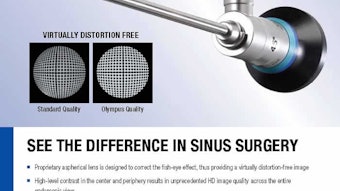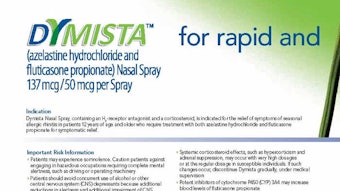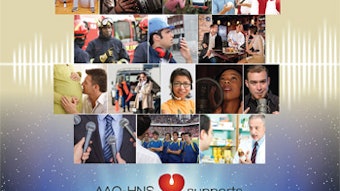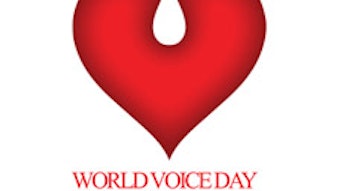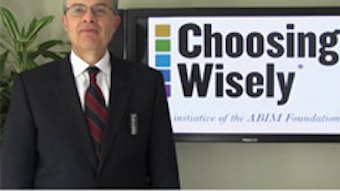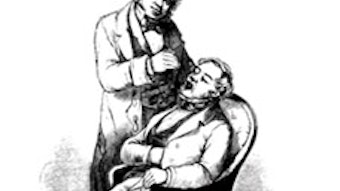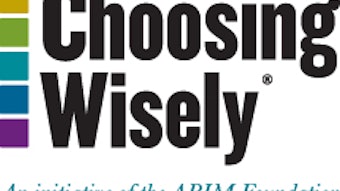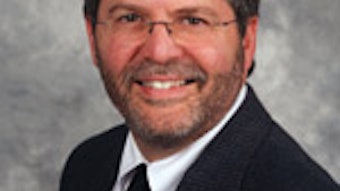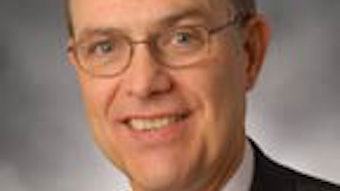Healing the Children: Ecuador
Jean-Paul Azzi, MD New York Eye and Ear Infirmary On Saturday, November 3, 2012, 29 other volunteers and I from Healing the Children Northeast flew from New York City to Guayaquil, Ecuador, on our way to Babahoyo. This would be a new site for us, and with this, we expected to face new challenges. As we discussed our concerns in the airport and on the flight to Ecuador, it was clear that despite this, our goal remained the same: to help these children and their families. Upon arrival we were greeted by our hosts Drs. Roxana Roman and Rafael Hernandez, as well as the local police force who escorted us to Babahoyo and our hotel. The team included administrators, technicians, nurses, pediatricians, anesthesiologists, and surgeons. Manoj T. Abraham, MD, a facial plastic surgeon, led the surgical team, which included myself, Augustine L. Moscatello, MD, and Craig H. Zalvan, MD—all members of the American Academy of Otolaryngology—Head and Neck Surgery. John G. Bortz, MD, an oculoplastic surgeon, also joined us. Drs. Moscatello and Azzi entertain a preoperative cleft lip patient. Drs. Moscatello and Azzi entertain a preoperative cleft lip patient.On Sunday, we evaluated 207 patients of which 91 were scheduled to have surgery during the next five days. Ages ranged from a few weeks old to adulthood, with most requiring either revision or repair of cleft lips and palates. Many of these children and their families traveled several hours across very difficult terrain. Some traveled by foot or on donkeys for days to reach our clinic, Fundacion Ceolinda Troya, where a tent with fans and cold water was erected the evening before. Healing the Children, with its goal of organizing humanitarian medical missions to perform surgeries on needy children around the globe, has made a lasting impact on the vulnerable and impoverished throughout the world. I feel fortunate to have contributed again this year. I’m humbled by the impact I made even as just one part of a larger effort. It really puts things in perspective. I know I speak for the entire team when I say we will continue to do everything we can to heal the children worldwide.
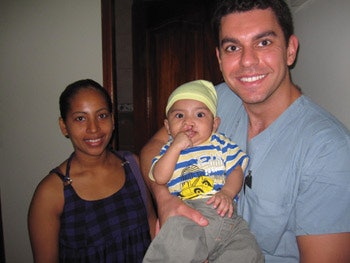 Dr. Azzi, preoperatively with a cleft-lip patient.
Dr. Azzi, preoperatively with a cleft-lip patient.Jean-Paul Azzi, MD
New York Eye and Ear Infirmary
On Saturday, November 3, 2012, 29 other volunteers and I from Healing the Children Northeast flew from New York City to Guayaquil, Ecuador, on our way to Babahoyo. This would be a new site for us, and with this, we expected to face new challenges. As we discussed our concerns in the airport and on the flight to Ecuador, it was clear that despite this, our goal remained the same: to help these children and their families. Upon arrival we were greeted by our hosts Drs. Roxana Roman and Rafael Hernandez, as well as the local police force who escorted us to Babahoyo and our hotel.
The team included administrators, technicians, nurses, pediatricians, anesthesiologists, and surgeons. Manoj T. Abraham, MD, a facial plastic surgeon, led the surgical team, which included myself, Augustine L. Moscatello, MD, and Craig H. Zalvan, MD—all members of the American Academy of Otolaryngology—Head and Neck Surgery. John G. Bortz, MD, an oculoplastic surgeon, also joined us.
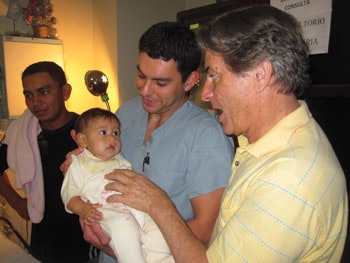
Healing the Children, with its goal of organizing humanitarian medical missions to perform surgeries on needy children around the globe, has made a lasting impact on the vulnerable and impoverished throughout the world. I feel fortunate to have contributed again this year. I’m humbled by the impact I made even as just one part of a larger effort. It really puts things in perspective. I know I speak for the entire team when I say we will continue to do everything we can to heal the children worldwide.
